| Structure | Name/CAS No. | Articles |
|---|---|---|
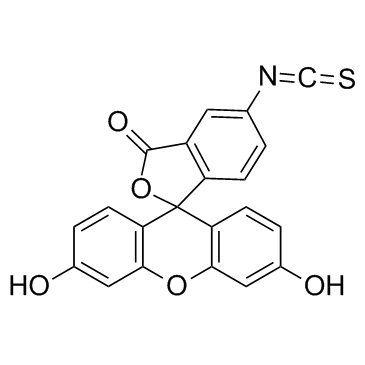 |
Fluorescein isothiocyanate
CAS:3326-32-7 |
|
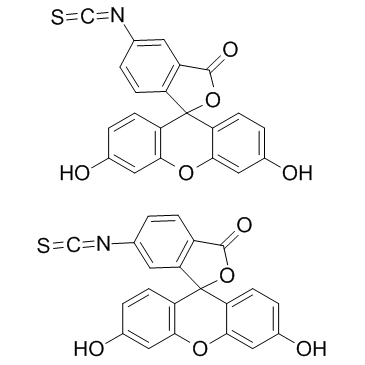 |
fluorescein 5-isothiocyanate
CAS:27072-45-3 |
|
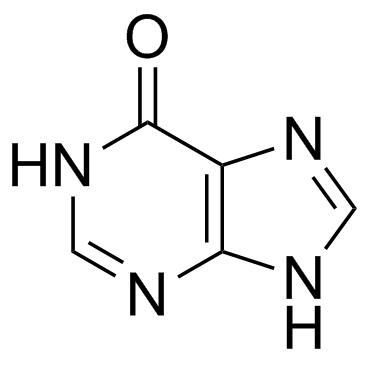 |
Hypoxanthine
CAS:68-94-0 |
|
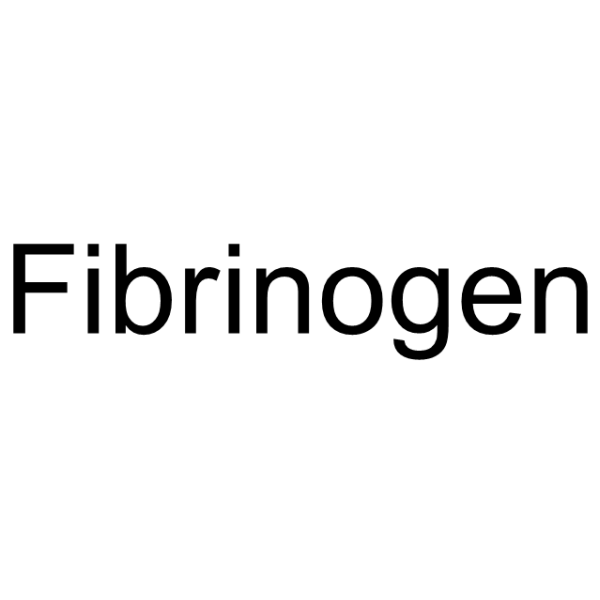 |
Fibrinogen (Bovine)
CAS:9001-32-5 |
|
 |
Rapamycin (Sirolimus)
CAS:53123-88-9 |
|
 |
Cyclosporin A
CAS:59865-13-3 |
|
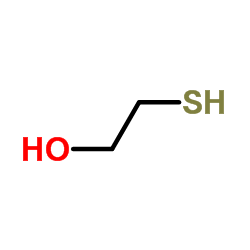 |
mercaptoethanol
CAS:60-24-2 |
|
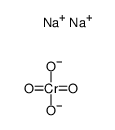 |
Sodium chromate anhydrous
CAS:7775-11-3 |
|
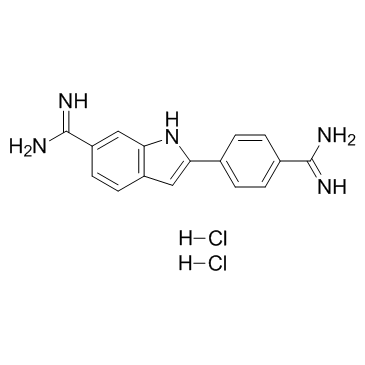 |
4',6-Diamidino-2-phenylindole dihydrochloride
CAS:28718-90-3 |
|
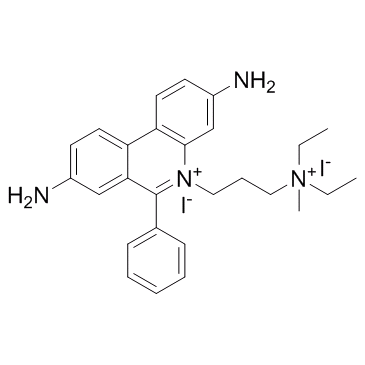 |
Propidium Iodide
CAS:25535-16-4 |